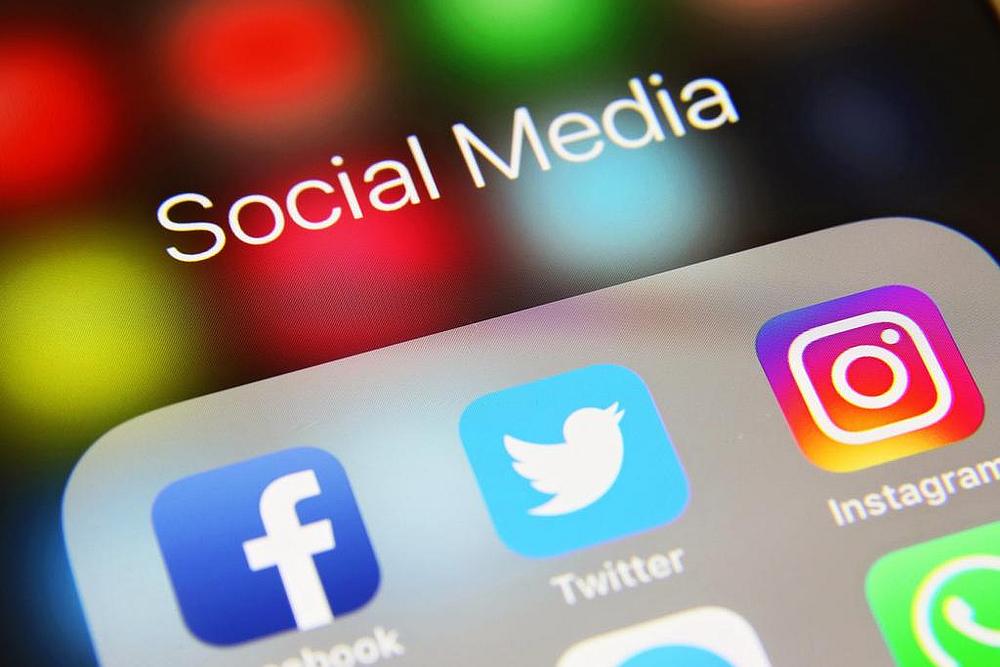From Facebook to Twitter to Twitch, social networks are becoming increasingly important as sources of news. — iStock pic
SAN FRANCISCO, Feb 12 — From Facebook to Twitter to Twitch, social networks are becoming increasingly important as sources of news, to the great scepticism of media professionals. Indeed, many of them think that these platforms are damaging the sector, according to a new US study.
For the past few years, internet users have been relying on social networks as a source of news. A habit that is not without danger for the more than 1,500 US journalists and media professionals surveyed in the latest edition of the “Medill Media Industry Survey.” More than 90 per cent of them believe that social networks provide a “worse mix of news” to their users.
More than 86 per cent also say that these platforms have a lot of influence on the news content that internet users have access to — with Meta’s Facebook in the lead. A third of Americans say they regularly get news on Mark Zuckerberg’s social network, according to the Pew Research Center. This is almost certainly reinforced by the 2015 launch of “Instant Articles,” a feature that allows external content to display faster on mobile.
It’s a similar story for Twitter. Nearly 70 per cent of Americans using the social network check the latest news there, according to a report from the Pew Research Center. More surprisingly — and more worryingly for the media — a majority of them believe that this information is trustworthy. Yet this is not always the case. In September 2020, Twitter decided to display warning banners to encourage its users to read articles before sharing them, in a bid to limit the spread of false information on the platform.
Between scepticism and new opportunities
Although social networks are multiplying their initiatives to fight against online misinformation, media professionals remain sceptical. Nearly 95 per cent of those questioned in the “Medill Media Industry Survey” blame these platforms for spreading inaccurate information. A phenomenon that has a negative impact on journalism for most respondents (79.3%). “A clear majority of journalists are seeing the potential gains are not matching the realities,” Professor Stephanie Edgerly, who oversaw the report, told Local News Initiative. “The survey suggests that we’re not seeing quality information reaching a broader audience. That is not the reality of how social media functions.”
However, more and more journalists are using social networks as part of their professional activity. The Covid-19 pandemic also reinforced the utility of these platforms when it comes to covering the news, especially when travel was limited by the pandemic’s various restrictions. Some media professionals are also using social networks to break away from traditional newsrooms and offer informative content directly to a new audience. This is the case of Lea Taieb, who regularly publishes short video profiles of women who make the news on TikTok. The format has proved popular with more than 24,000 internet users who follow her on the application. Proof that journalism and social networks are becoming more and more complementary, despite some friction. — ETX Studio

